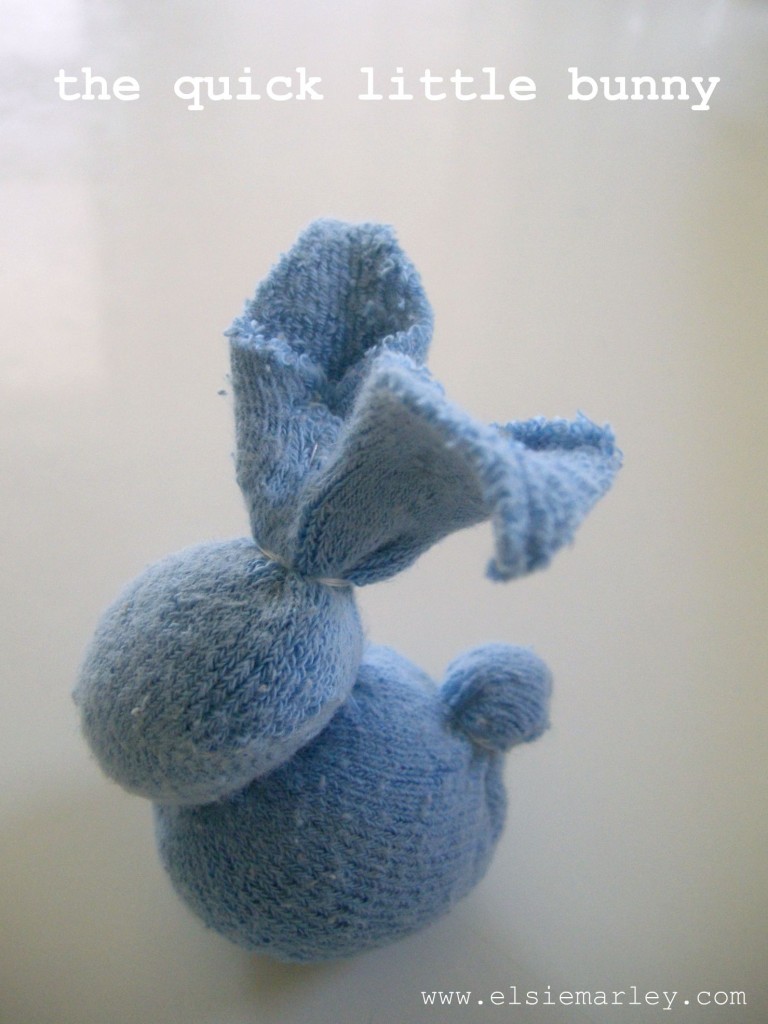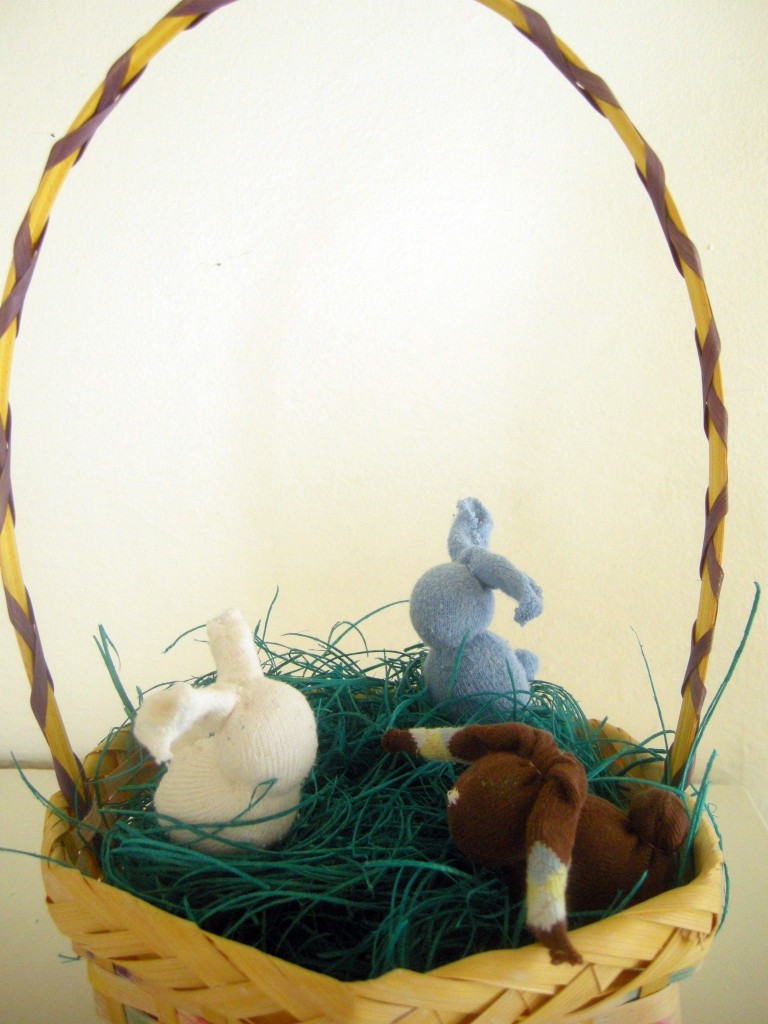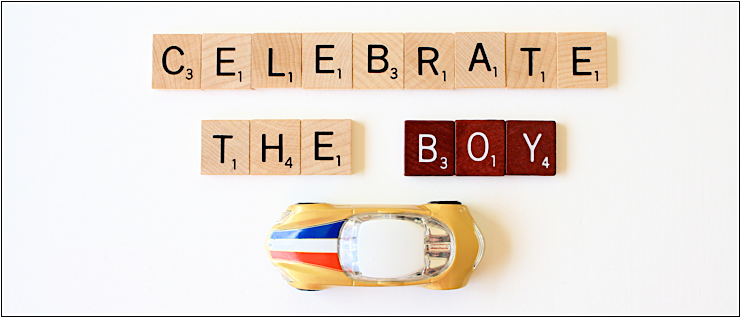wooden tangram tutorial
I’m sure you know what a tangram is but didn’t know it was called a tangram (when I looked it up, I think I might have typed, “that clever triangle-y puzzle thing”). If you’ve never even seen one, well then: it’s sort of a puzzle and sort of a game that involves five triangles, one square, and one parallelogram. The objective is to figure out how to make a given shape, which is shown only in silhouette, using the pieces and not overlapping any. My kids and I had a blast just playing around with the shapes and seeing what we could make. I thought you might like to make some too:
Materials:
- balsa wood (or sturdy cardboard, foam core, or actual wood wood, but you will need different tools for cutting the wood)
- a sharp pencil
- ruler
- exact-o knife
- fine grit sandpaper
- paint brush and paint (optional)
Directions:
1. Use an exact-o knife to cut the balsa wood into a 4 inch square. The piece of balsa wood I got at Michael’s Crafts was 4 inches wide already, so I only needed to cut it once to make a square.
2. Next you need to draw a 1 inch grid on the square very, very lightly. Draw a line one inch from the edge, then another one inch from that, one more and then turn the square 90 degrees and do it again. If you press down on the balsa wood at all it will make an indentation that won’t come out, so keep the pencil marks very, very faint.

3. Now we are going to draw 5 lines. I think it would be more confusing for me to explain where all the lines are drawn, so you can just follow the series of lines I drew above. Use the grid as a guide: draw through the corners, or on the lines, whichever is indicated by the picture. The first picture is the grid and the next five show the sequence of lines to draw.
4. Lightly erase the grid.
5. Take your exact-o knife and ruler and cut on the lines. Cut the shapes out in generally the same order you drew the lines. If you have a sharp blade it should take 3 or 4 passes along the line to cut through the balsa wood. It helps if you start a little above where you are cutting, instead of starting right on the line. Go slow and try to keep the blade perpendicular to the wood.

6. Lightly sand the pieces.
7. Paint (if you like). It’s nice to have both sides painted–especially the parallelogram–because it makes it easier to make more pictures with your tangrams, but I think they are equally beautiful not painted at all. It’s up to you.
You can even make a little cute box for your new tangram set to go in. The box I got was a little too small for the pieces to fit just right–oh well. Now go play: you can make animals, letters, quilts, cookies even and this book looks lovely too. Watch out though, you might get carried away:


































